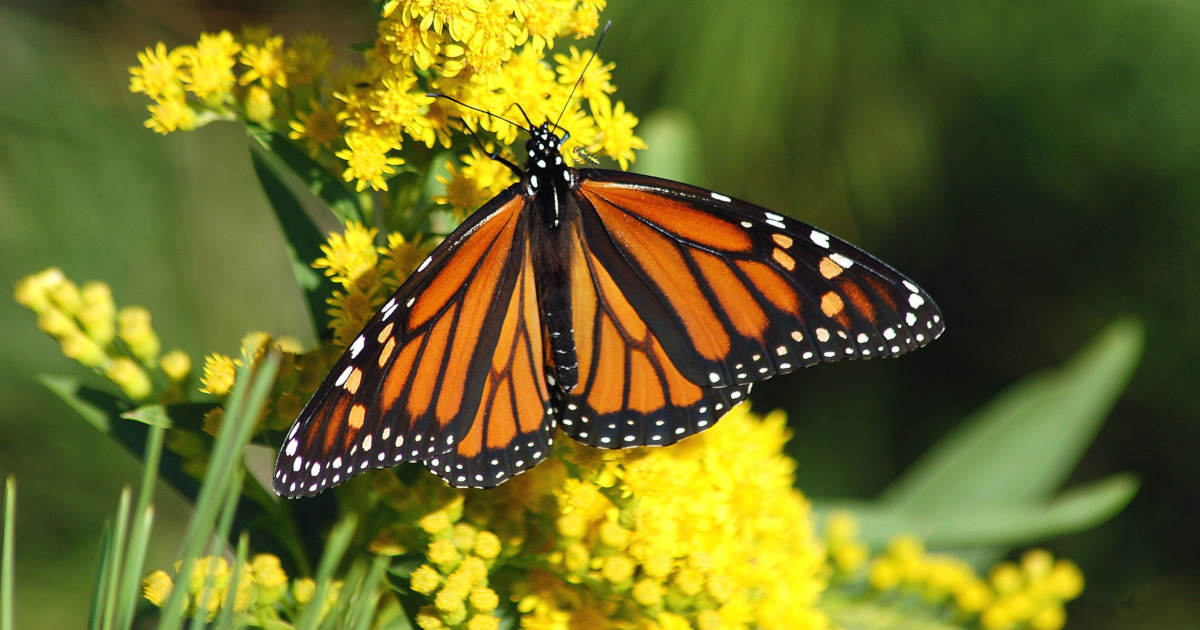
The Second Silent Spring Has Sprung
Neonicotinoid insecticides are water soluble and used to coat the seeds of most corn, soybeans and canola. However, the toxins affect the insects pollinating plants, kill the birds eating the seeds and get into the groundwater; in addition, the use of genetically engineered seed has increased the need for pesticides in the past 25 years.
August 21, 2019 | Source: Mercola.com | by Dr. Joseph Mercola
The renowned biologist, writer and ecologist Rachel Carson called for humanity’s responsible action as stewards of the earth, warning that the federal government was part of a problem that may lead to environmental failure. Her book, “Silent Spring,” became a best seller in 1962 and inspired a grassroots movement to protect the environment.1
Carson warned of the deadly impact that a certain insecticide, DDT, would have on insects and wildlife. She contended that its use may result in the death of a vast number of birds and wildlife and ultimately lead to a silent spring devoid of the typical calls of nature. Today, neonicotinoids have become the second silent spring.
Neonicotinoids are a relatively new type of insecticide. Unlike contact pesticides, these chemicals are systemic and water soluble.2 Plants absorb the pesticide into the foliage, flower and sap.3 Commonly called neonics, the toxin works on the central nervous system of the insect,4 causing death and impairing the ability to forage in pollinators.5
Sublethal exposure negatively affects the reproductive capacity of the male insect and may be a possible explanation for the failing honey bee population.6 In addition, only 5% of the active ingredient is absorbed by the plant.7
The remainder of the toxin is dispersed into the environment. Further research8 found this exposure in white-tailed deer resulted in an increased death rate in fawns and a lower reproductive capacity in females.
Neonics responsible for majority of toxicity load
A recent study9 demonstrated America’s agricultural lands are now 48 times more toxic than they were a quarter-century ago. In an assessment of the toxicity load, comparing 1992 through 2014, the researchers found that synthetic insecticide use has shifted from mostly organophosphorus pesticides to a mix of neonicotinoids and pyrethroids.
The rise in toxicity of the agricultural lands was attributed primarily to neonics, representing up to 99% of the total load in 2014.10 While the plants only absorb 5% of the toxin,11 researchers found oral exposure of concern since the toxicity level is relatively high.12
Exposure may occur from the pollen, nectar and guttation water secreted by the plant. Not all the drops of water found on the leaves of plants in the morning is dew. Dew is the formation of droplets of water when cold air meets the warmer plant.
Guttation is the result of physics as the plant moves nutrients and moisture throughout the system. Since the leaves of a plant absorb only a specific amount of water, the extra water evaporates during the daytime. At night, pressure in the root cells forces the excess water out of the leaves.13
One study author points out this rise in environmental toxins matches the decline in pollinator populations, such as bees and butterflies.14 For years scientists have been warning of the dangers of these pesticides; this new study provides a more complete picture of the threat to insect life and wildlife as a whole.
Compounding toxic burden is persistent
The same writer warns neonics stay in the environment for up to 1,000 days,15 which is significantly different than other pesticides that dissipate more quickly.16 National Geographic reports that neonics are used in more than 140 crops in more than 120 countries.17
The combination of widespread use and slow breakdown of neonics contributes to the compounding toxic burden experienced by multiple levels of the environment. As the number of insects have declined, so have the number of birds relying on the insect population for food.
But, as the American Bird Conservancy reports, exposure to contaminated insects is not the only factor reducing the bird population. The organization commissioned a report to review 200 studies on neonics in the industry, evaluating the risk to birds and aquatic systems. Cynthia Palmer, ABC Pesticides program manager, said the results were frightening:18
“A single corn kernel coated with a neonicotinoid can kill a songbird. Even a tiny grain of wheat or canola treated with the oldest neonicotinoid — called imidacloprid — can fatally poison a bird. And as little as 1/10th of a neonicotinoid-coated corn seed per day during egg-laying season is all that is needed to affect reproduction.”
